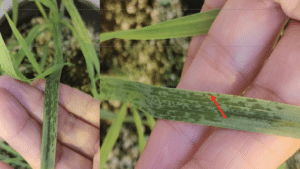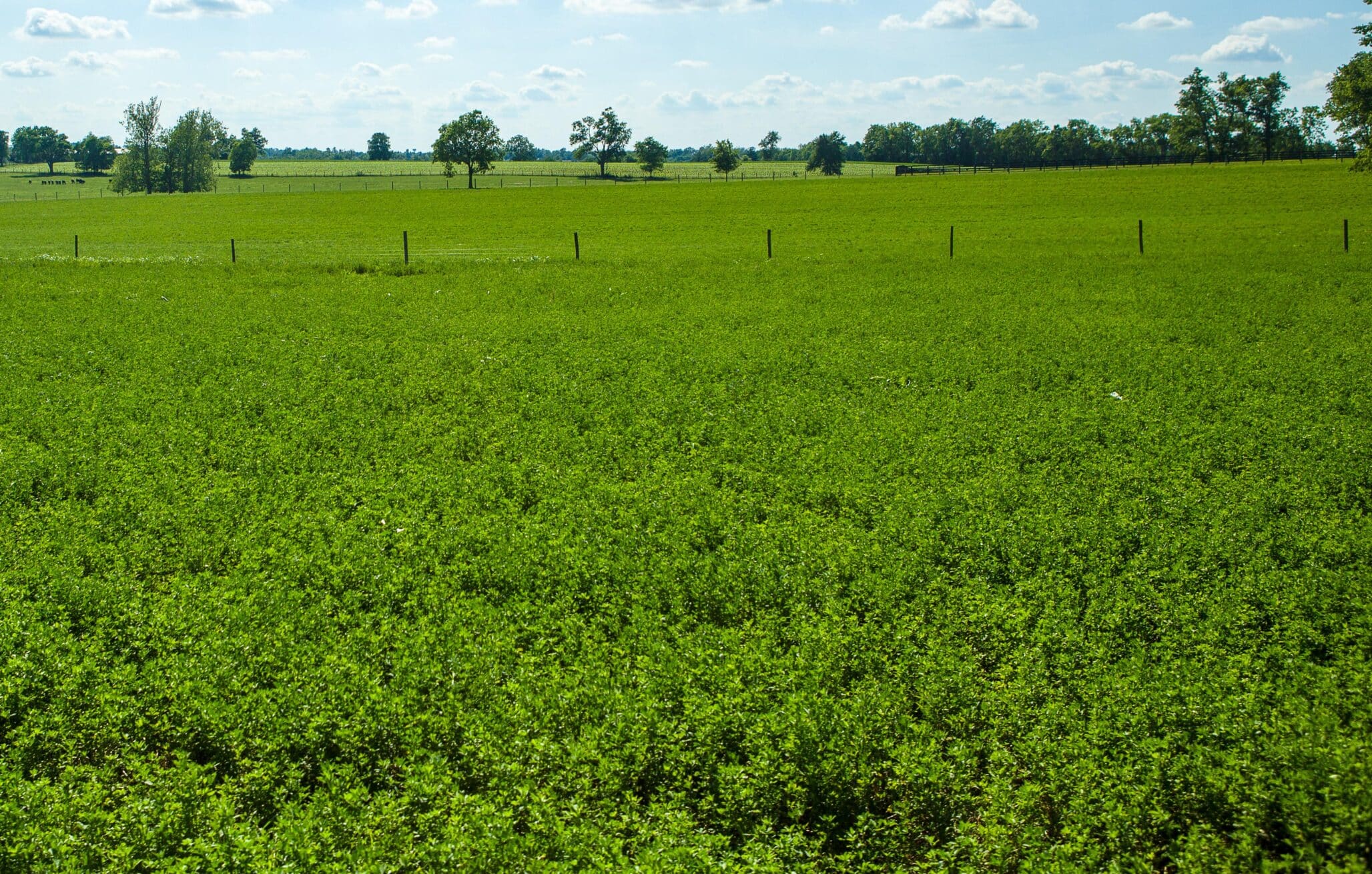Goss’s bacterial wilt and leaf blight is one of the most damaging diseases affecting corn. The most effective way to control this disease is to plant corn varieties that are resistant to the disease. In other words, growers avoid the disease by growing certain varieties of corn. In part, this is the easiest method because scientists don’t yet know much about Goss’s wilt.
Alexander Mullens and Tiffany Jamann, two plant pathologists at the University of Illinois, set out to better understand the mechanics of this disease by following the causal pathogen. They genetically modified the pathogen so it would display green fluorescence, which made it easier to track the bacteria inside the plant. They were able to see how the bacteria entered the plant and where the bacteria congregated inside the leaf.
“While the bacteria had previously been known to enter the plants through wounds caused by wind or hail damage, we discovered that in the absence of damage it enters the leaf through natural openings at the edge of the leaf,” said Mullens. “Once in the plant, the bacteria are able to grow through the veins and exit the plant through natural pores in the leaf’s surface.” They also show that high concentrations of bacteria cause the freckles associated with Goss’s wilt.
They found that in resistant corn varieties, the bacteria aren’t able to grow as far from the entry site. “We can now use these tools to understand more about how different plant varieties restrict bacterial entry and growth,” said Jamann. “These tools will be useful in understanding how corn defends itself against this and other pathogens.”
Some of the most important pathogens in agriculture are vascular bacterial pathogens, like the causal pathogen of Goss’s wilt, so this is a good model to understand resistance to vascular plant diseases of all kinds. For more information and helpful images, read “Colonization and Movement of Green Fluorescent Protein-Labeled Clavibacter nebraskensis in Maize.”













